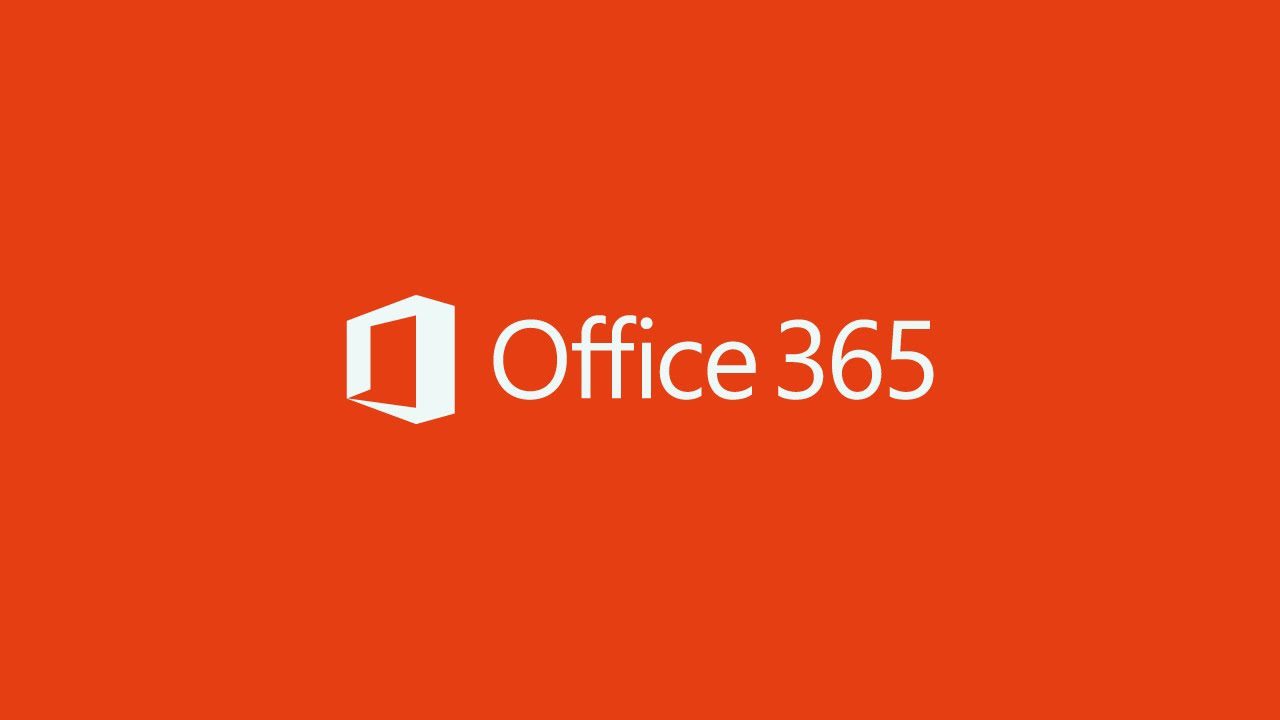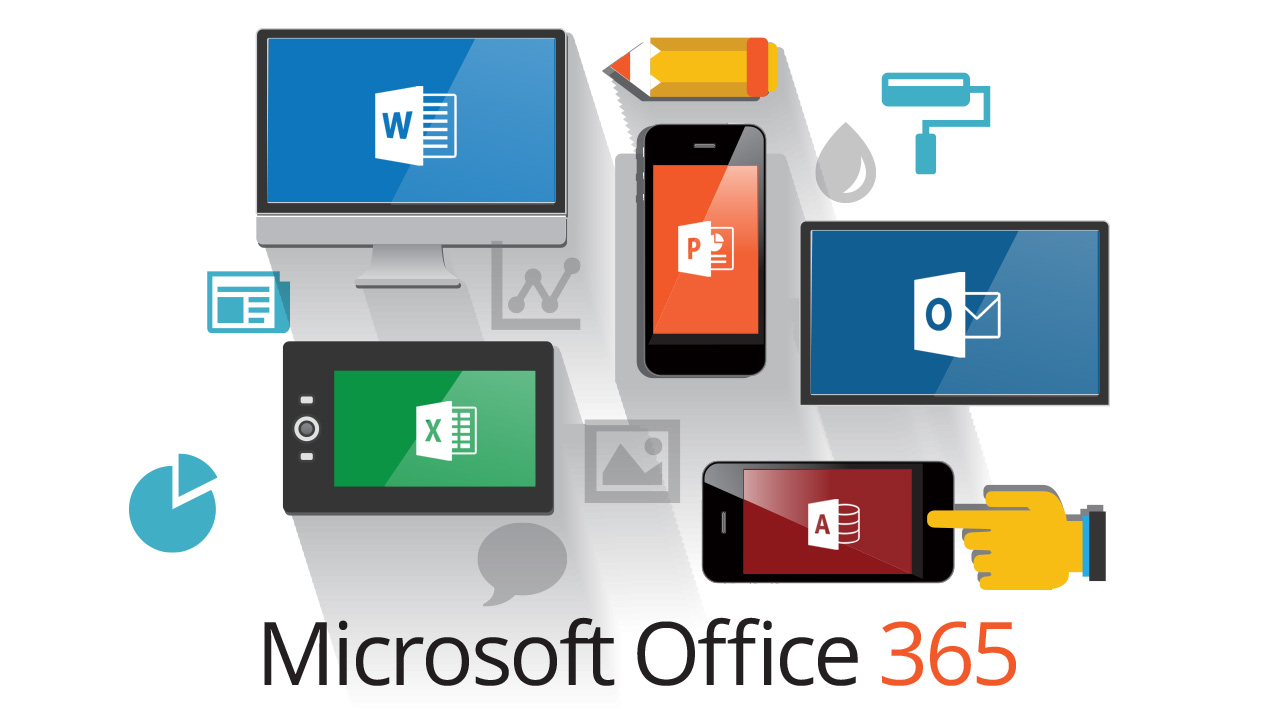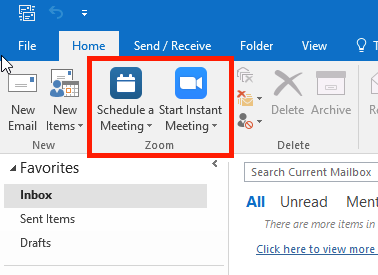- How To Get Outlook To Download Images
- Outlook 365 Download Pictures Automatically
- Download Message And Pictures Email
On your PC, select the Start button and then select Photos to open the Photos app. Select Import From a USB device, then follow the instructions. You can pick the items you want to import and select where to save them. Allow a few moments for detection and transfer. Find microsoft office 365 stock images in HD and millions of other royalty-free stock photos, illustrations and vectors in the Shutterstock collection. Thousands of new, high-quality pictures added every day.
Why manage users' photos centrally
Both Office 365 (Microsoft 365) and on-premises Exchange Server enable the option to include users’ profile photos in a number of places. Outlook, Teams, OWA (Outlook on the web), SharePoint, Skype for Business, OneDrive, Planner, Microsoft 365 Groups – all those services can show pictures of employees.
You might be wondering, what is the use for that. Here are some of the reasons to use profile pictures in an organization:
- It makes collaboration easier by creating a more friendly atmosphere,
- Enhances teamwork by letting employees identify their co-workers much quicker,
- Resolves the problem when you cannot associate a name with a face (especially true for bigger companies),
- Helps you build a professional visual identity inside and outside of the company.
Here are some examples of where users' profile pictures can be seen:

Delve profile page – where Microsoft 365 profile info is stored.
Each tab in Microsoft Teams includes uploaded users’ profile photos.
A user’s photo appears when you call a colleague in Teams.
Users' photos can also be visible in a conversation window in Skype for Business.
Users' Office 365 (Microsoft 365) profile pictures in Outlook in your organization.
You can also see the images of your users in Office 365 (Microsoft 365) groups.
The same pictures can be displayed in Outlook on the web.
The problem is, managing users’ photos in an organization may become a bit of a challenge. Uploading users’ profile pictures to Active Directory, or to your Microsoft 365 tenant is not as easy as you might think.
Users can upload their photos to Microsoft Teams, Outlook or Office 365 (Microsoft 365) profile on their own. However, in this case, administrators do not have much control over the quality and the size of the picture. What is more, the users’ image will not be unified throughout the organization, especially when some users forget to upload their own picture, or upload a funny photo, which will later be seen inside and outside the organization. As a result, the admin will have to intervene anyway. The right solution is to manage users' photos from a single place, right from the start and to prevent users from changing their profile photos. One person can verify whether a unified image is ensured throughout the organization and the administrator uploads them to the server so that they can be visible in all the places listed below:
Uploading photos using PowerShell
Both in Exchange Server and Microsoft 365 (Office 365), you can roll up your admin’s sleeves and use the Set-UserPhoto cmdlet which uploads your user’s photo. Look below to see the syntax of this command:
Set-UserPhoto 'John Example' -PictureData ([System.IO.File]::ReadAllBytes( 'C:John.Example.jpg' )) –Confirm:$false
The cmdlet uploads the photo of John Example to the respective account and the –confirm:$false switch shortens the process slightly, as PowerShell will not prompt you to confirm the new image setting.
No big deal. Just remember to prepare the photo in a graphics editor, so that it has the correct size. Now repeat the steps for your whole organization. You can also use a script - ForEach-Object loop should get the job done. Just remember that you have to prepare a list of all users in CSV format, adjust all the pictures and format their names right so that the script uploads the avatars to the right users. You will surely have something to keep you busy, right? There is another way, though:
Bulk upload using a convenient GUI
You can use a freeware tool to upload those pictures to Office 365 (Microsoft 365) and a local Exchange Server. This solution is much easier and quicker than doing the whole process using PowerShell. See for yourself:
On-premises Exchange Server
Using our free tools for your environment, you can forget about scripting and just click the Import button. After a quick configuration, the programs will auto-match photos to users and perform the upload. And if you miss a dot or misspell a name while naming the files, you can drag and drop them manually. Or reconfigure the auto-matching pattern to cover the remaining users.
Key features:
- Bulk upload of users’ photos to Exchange and Office 365 (Microsoft 365)
- Based on friendly User Interface
- Built-in simple photo editor (auto-resize)
- Simple import and export of users’ photos
- Support for on-premises, Office 365 (Microsoft 365) and hybrid environments
- Full functionality for free!

Click on the buttons to learn more about the free tools which help with users' profile pictures management:


Active Directory and Microsoft 365 photo editor
What about editing photos? CodeTwo Active Directory Photos and CodeTwo User Photos for Office 365 let you adjust photos so that the target server accepts them and lets you rotate them if there is any problem with their orientation. This feature removes the need for using a separate program, just to make necessary changes to the users' photographs. Our freeware tools edit the pictures in bulk, significantly simplifying and speeding up the whole operation.
Click on the buttons below to download those free tools:
How To Get Outlook To Download Images
Outlook 365 Download Pictures Automatically
User photos in email signatures

With users’ photos already uploaded to your organization, you can go a step further and add them to email signatures. Such email signatures will let you automatically personalize email signatures and create a friendly image for your customers. See this short video to learn how you can do it:
See the guides below for more information:
Download Message And Pictures Email
How to add email signatures with Active Directory photos to Exchange mail
How to add email signatures with Office 365 users’ photos to Exchange Online mail